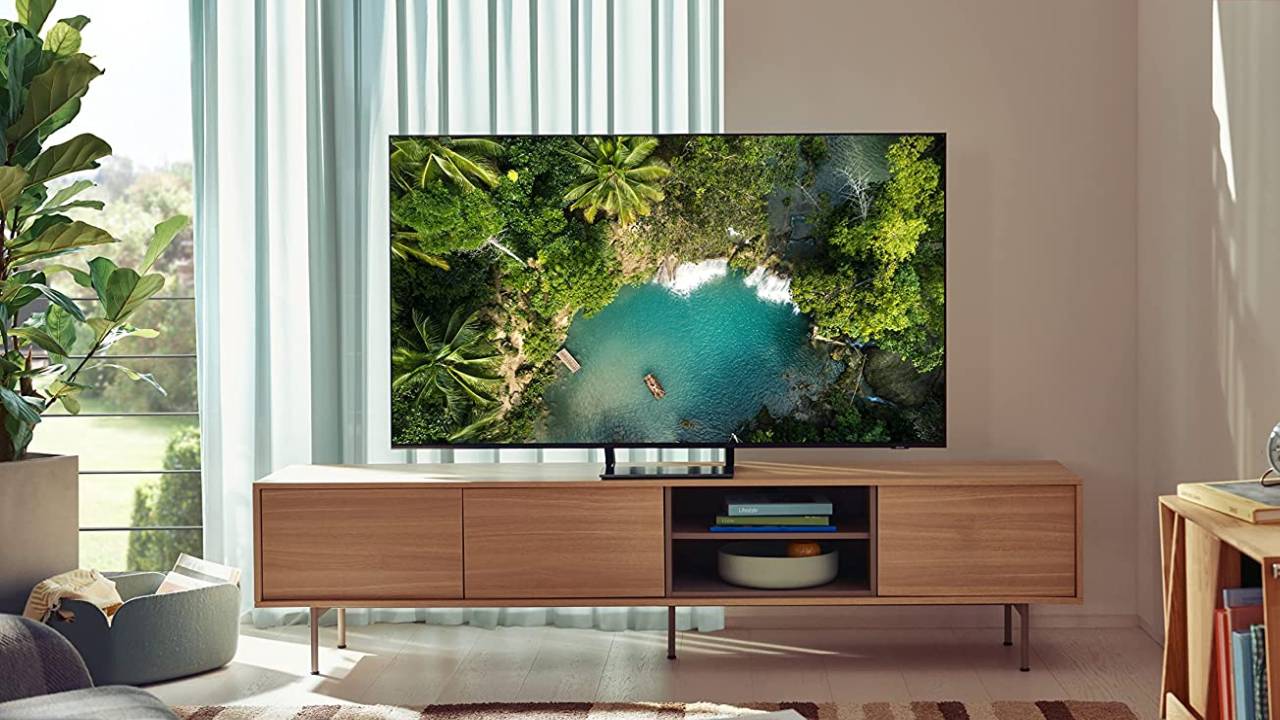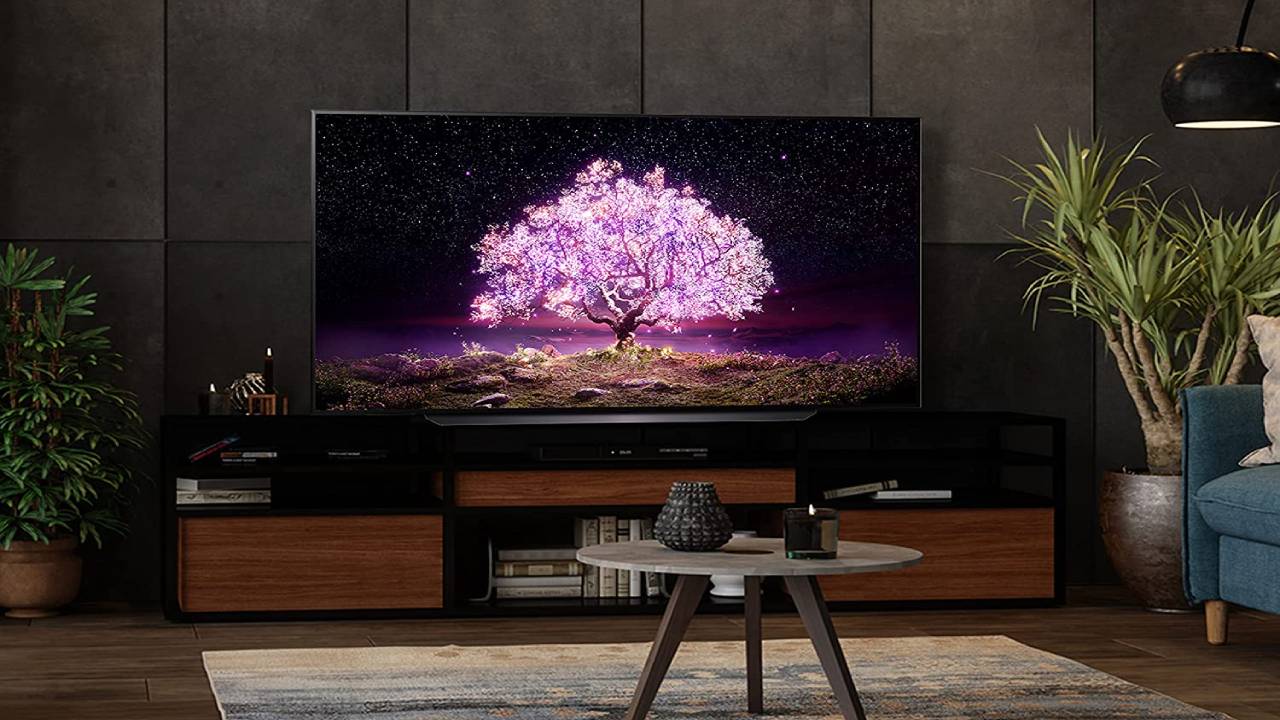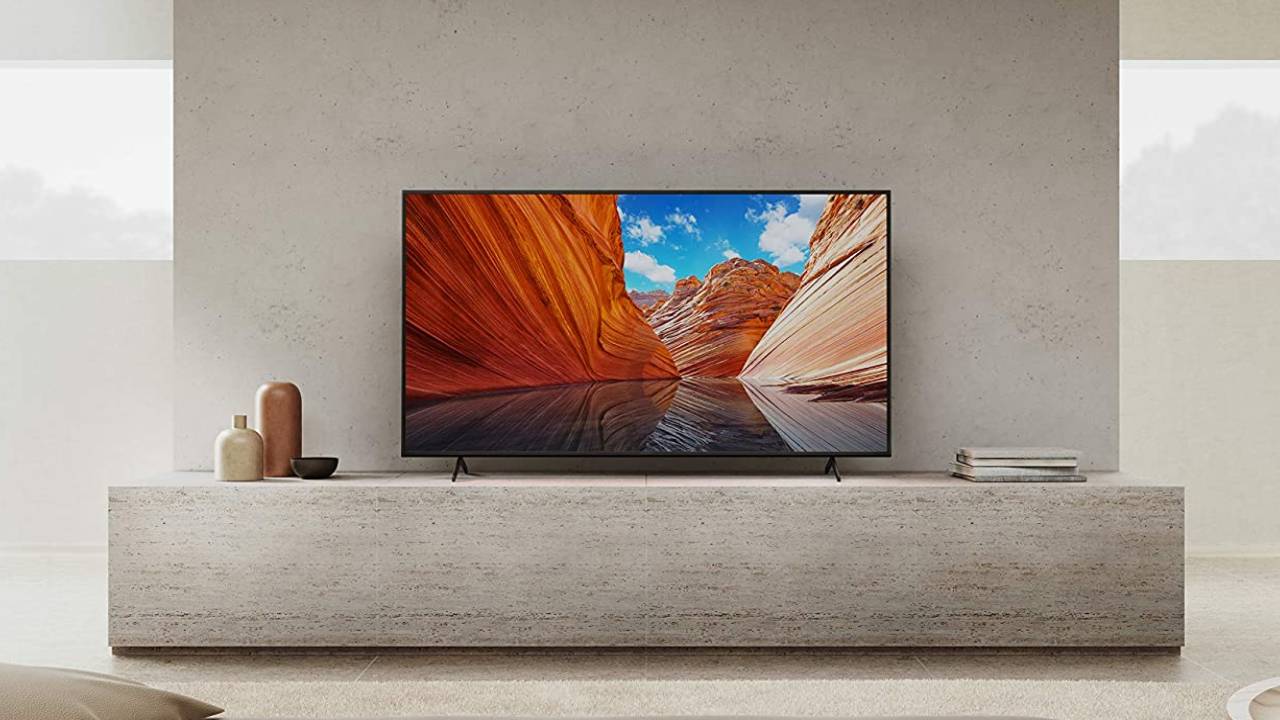How I save money on TVs, including bills, care and shopping tips
Everything you need to know about saving money on new and old TVs


With the rise in energy bills, petrol prices and the weekly food shop, the cost of living is making it harder and harder to buy new products and services, especially big technology like TVs.
Like all of us, I’ve had to cut back on my monthly spending but when I need to replace something around my home that’s broken, I’ve had to factor that into my budget. Nowadays, I rarely spend full price on a lot of things, whether that’s due to shopping the sales or using discount codes. As a Deals Writer, I’ve picked up a few money-saving tips and tricks along the way, especially when it comes to shopping for TVs.
Buying a new TV does take a lot of time, thought and consideration. The best TVs are more of an investment than a spur of the moment purchase and can rack up a lot of money. If you’re looking for a new TV but don’t want to spend too much, here are my 5 tips on how to save money on new and old TVs.
1. Consider what you need
Before you start searching, it’s important to consider your priorities and what you want from a new TV set. My biggest tip when buying anything is to make a list of non-negotiables and ‘nice-to-haves’ so you know exactly what you’re looking for, what features you do and don’t care about and how much you’re willing to spend. For example, here are a few questions to ask yourself before buying a new TV.
Is size important?
The size of your TV makes a massive difference in the overall cost and quality. TV sizes start at around 43-inches and go up to 85-inches, and bigger sizes have the biggest prices. If you think about the room you want the TV to go in, this will help you decide what size you need.
Do I care about the brand?
If you’re not too fussed about the big brands or brands in general, this makes it easier and often cheaper to find the TV you want. If you’re all about streaming, you can find some great TVs with streaming built-in that are typically not from big or well known brands but come with cheaper price tags. If you don’t care too much about the brand, I recommend prioritising budget shopping and looking for a specific price like the best TVs under £500.
The bigger brands like Samsung, LG and Sony offer the best quality TVs of all types and sizes and if you have an affinity to any of these, stick with the brand to find your new TV. Hisense and Toshiba are also good TV brands and have more budget friendly options.
What features do I want?
When buying a TV, think about the features that you want. Visual and audio quality are obviously important so make sure you’re looking for TVs that have terms like 4K, UHD, HD and Dolby in the title. Smart capabilities are the most common features people look for when buying a TV today but if you don’t want that, you can find TVs without the smart functions which come with lower prices.

2. Buy last year’s model
Newer TV models and ranges are going to be the most expensive options on the market so unless you’re willing to spend thousands of pounds, I’d suggest looking at the previous generations. By choosing last year’s or the year before’s TV model, you’re still getting a well-made and high quality device but you’re not paying extortionate prices. When newer collections are released, you’ll also find the older versions will be discounted and included in sales promotions, either by the brand or third party retailers so you can save tons of money on a new TV.
3. Shop seasonally
When shopping for a new TV, it’s a good idea to know when the big brands are releasing their newest collections. This has an impact on the price of its older models as they’re more likely to be discounted. If you don't need a new TV immediately, I’d recommend buying a new TV during the seasonal sales periods. Black Friday and Cyber Monday in November see the biggest price drops on TVs and the Easter sales are always full of cheap TV deals. If you’re in the US, the month before the Super Bowl also has amazing TV discounts.

4. Look for price match, trade-in and cashback offers
It doesn't hurt to check if the retailer you’re shopping at has price match, trade-in and cashback offers. If they do, this can save you a lot of money on your purchases so it’s worth taking advantage of if it’s available. For example, most websites and stores offer price match guarantees where if you find the TV you want cheaper elsewhere, they’ll match the price and some will beat the price by up to 10%. Some retailers also offer trade-in deals and cashback offers where if you trade-in your old TV, you’ll get money off towards your next purchase or money in hand.
5. Take care of your old one
Finally, if you really can’t afford it or you’re on a tight budget, prioritise taking care of your old TV over buying a new one. It goes without saying that not buying a new TV saves you money but by taking proper care of the one you already own, you can get a few more months or years of life out of it.
A few ways to do this is by cleaning your TV which typically makes your visual and sound experience better and clearer. If the audio isn’t as strong as it used to be, rather than replacing the whole TV, you can buy accessories like the best soundbars to improve the sound quality.
If you want to save some money on the TV you currently have, start by not leaving it on standby. This has a huge effect on your energy bills and is a waste of electricity. You can also cut back on the channels and subscription services you use by downgrading the plans so you spend less each month. If you’re interested in tips on saving money on streaming, check out how I save money on streaming services for more.
Get all the latest news, reviews, deals and buying guides on gorgeous tech, home and active products from the T3 experts

Beth is Home Editor for T3, looking after style, living and wellness. From the comfiest mattresses to strange things you can cook in an air fryer, Beth covers sleep, smart home, coffee machines, watches, grooming tools, fragrances, gardening and more.
In her spare time, Beth enjoys running, reading, baking and attempting craft projects that will probably end in disaster!